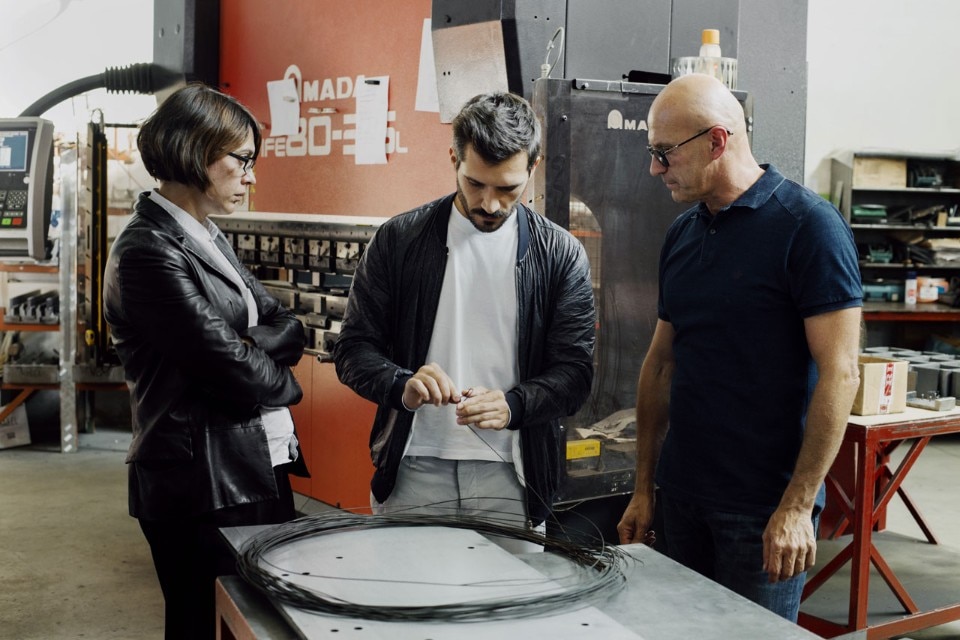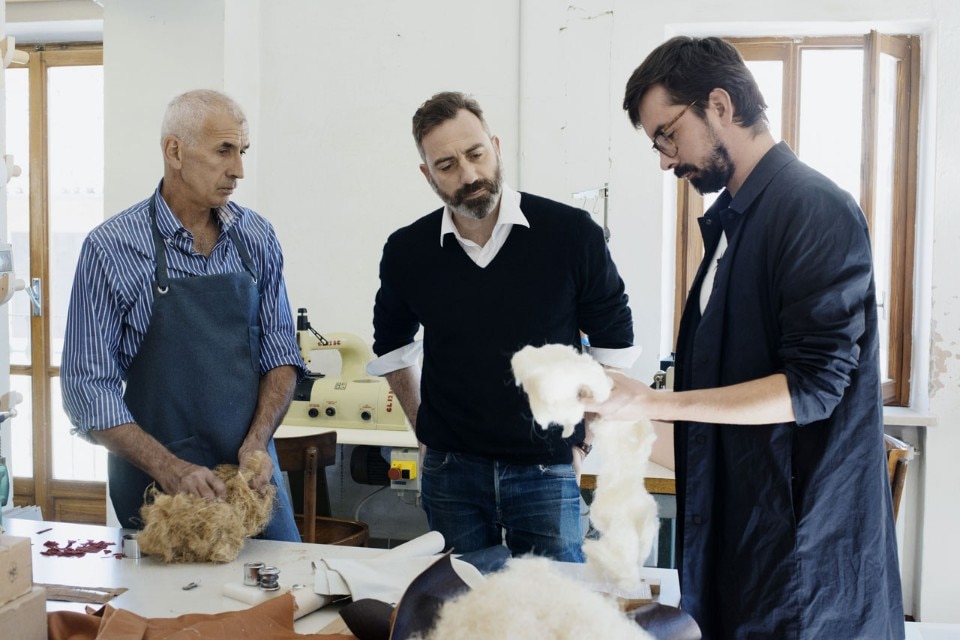
Maria Cristina Didero: What makes the independent design festival Operae special?
Annalisa Rosso: It’s a festival that functions like an exposition. Since last year, the founders of Operae, Sara Fortunati and Paola Zini, have decided to invite a different curator for each event. The curator indicates a theme and a specific approach to be fleshed out by selecting the exhibitors, organising workshops, talks and other initiatives for the programme. In addition to the networking and sales that are typical for trade shows, Operae is dedicated to conducting research on the contemporary design front. This is done throughout the year through dialogue and the systematic mapping of different circumstances and designers emerging on the international scene.
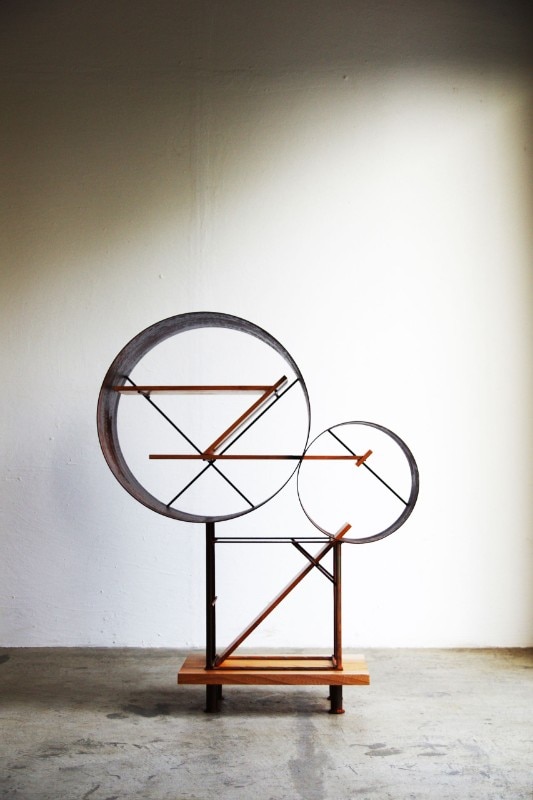
Maria Cristina Didero: Why make a manifesto?
Annalisa Rosso: I think it’s necessary to make things clear in an orderly way. The manifesto accompanying the curatorial text is meant to be functional. It explains the themes that the upcoming event will focus on and it records ten key points found in the current design world, including multi-disciplinary work, changing design geographies, and the need for specific competencies. We have also launched a motto aimed at designers: “In order to design the future, choices must be made” with awareness and courage.
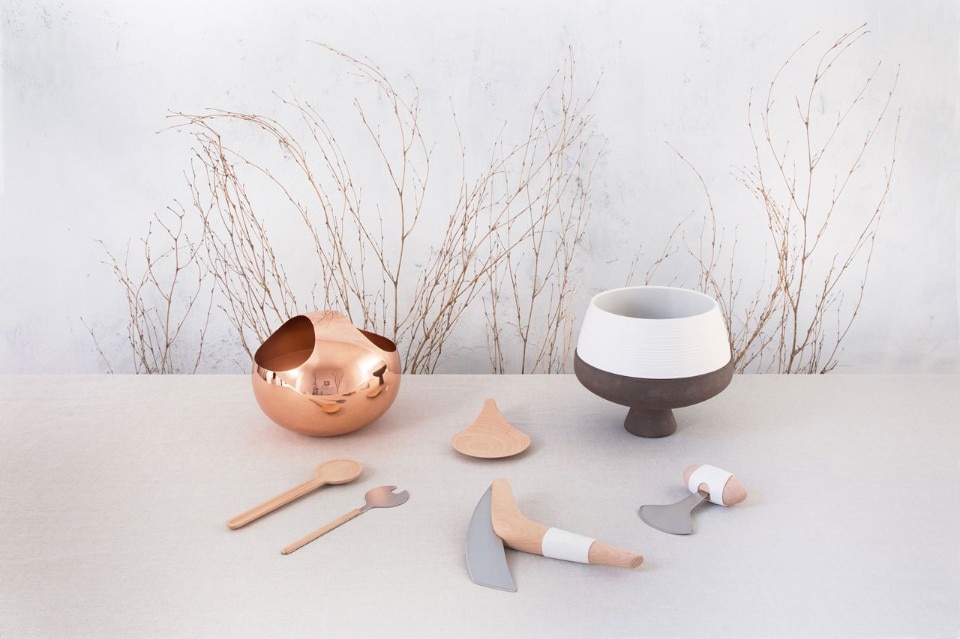
Maria Cristina Didero: What is the aim of this year’s festival? In what way is it different from the previous events?
Annalisa Rosso: We have broadened our outlook. For the first time, ten international design galleries and several companies have been involved. They are special cases that illustrate a new way of producing. For instance in the project “Piemonte Handmade”, the gallery owners are collaborating with selected designers and craftspeople to make objects that are meant for the collectors market. The galleries will also have a separate space where they will present their own work. We are organising a programme of business-to-business encounters so that designers can interact with manufacturers and artisan. Last year, there were over 300 encounters.
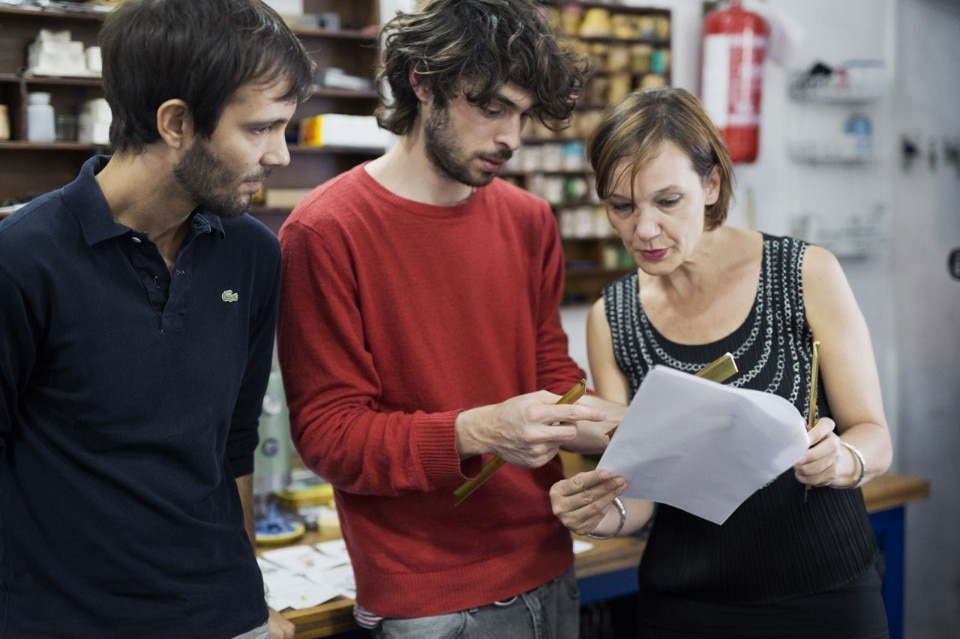
Maria Cristina Didero: Operae describes itself as a festival dedicated to independent design. What is independent design?
Annalisa Rosso: The subject of independence is complex and impossible to define in an absolute way. The aspect of autonomy that it contains is what is most important for our festival, and this has been the case ever since it started seven years ago. A designer’s work can be independent in different ways and at different moments. When you’re starting out and do not yet have consolidated relations with companies or galleries, or when your work is conducted without the market asking for it. Many of the exhibitors that we have selected are in this phase of experimentation and research. There is huge potential to develop.
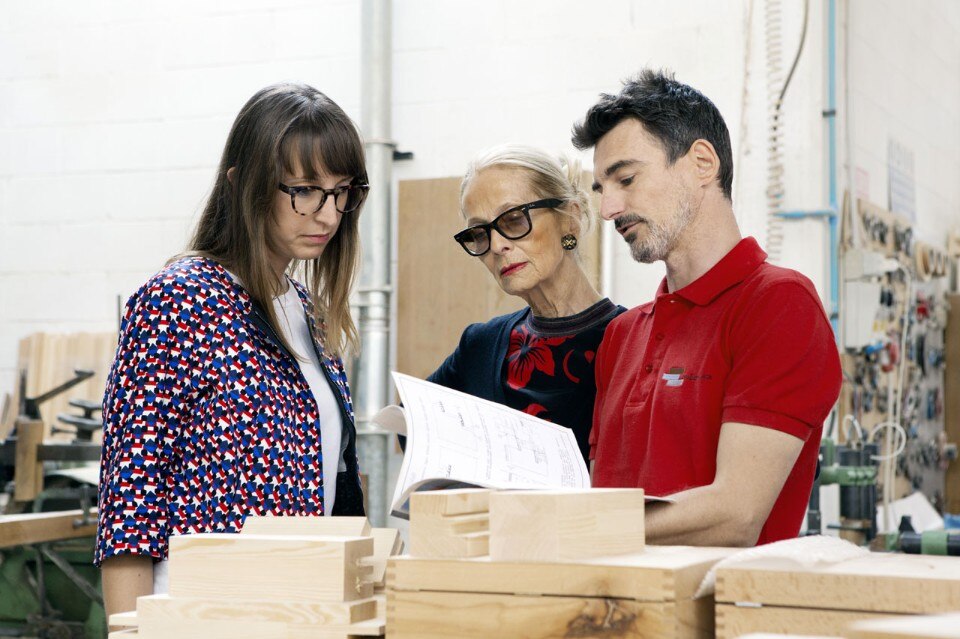
Maria Cristina Didero: You define Operae as a platform where design meets crafts, galleries, manufacturers and institutions. That’s ambitious. How do you set such wheels in motion?
Annalisa Rosso: By trying to not take anything for granted. Each element will have a clear identity, and its role will be explained. We want the system to be comprehensible to people outside the profession. We want certain specific subjects such as collectors’ design to be clearer for everybody, including the exhibitors. We are attempting to give a complete view of the design world, which comprises different actors, all of which are important to its functioning.
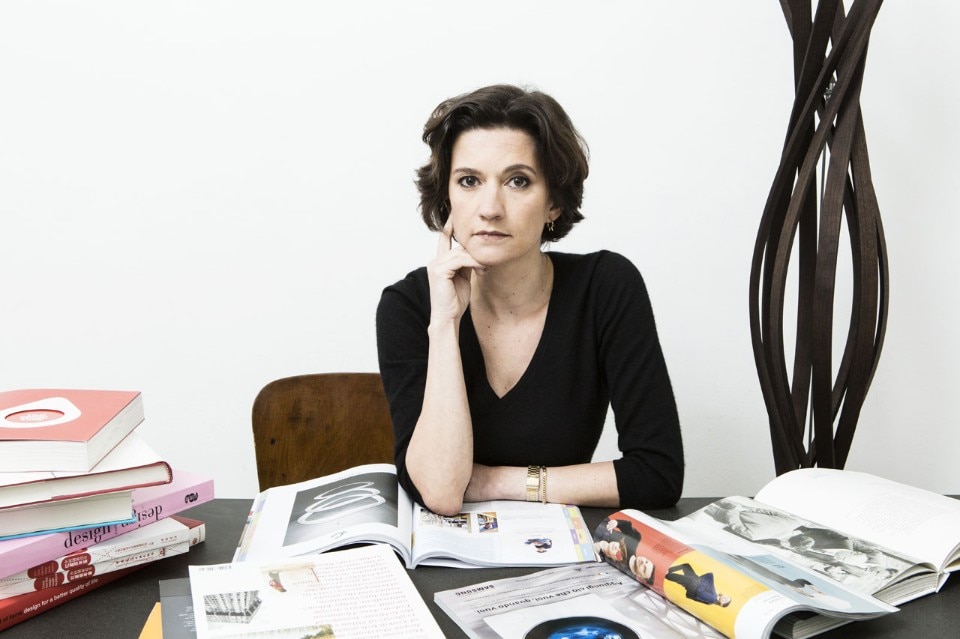
Maria Cristina Didero: The title is also ambitious: Designing the Future. What is your personal opinion on tomorrow’s design and in what way should it be different from today’s?
Annalisa Rosso: I think the designers of the future will be more responsible, more aware of consequences for the earth and the social implications of their work. At the present, it seems to me that especially the new generations of designers are showing this sensibility as it emerges and dictates a new way of designing. The title we chose, Designing the Future, is an appeal to make a commitment today in designing for tomorrow with more courage and awareness than what has generally been seen up until now.
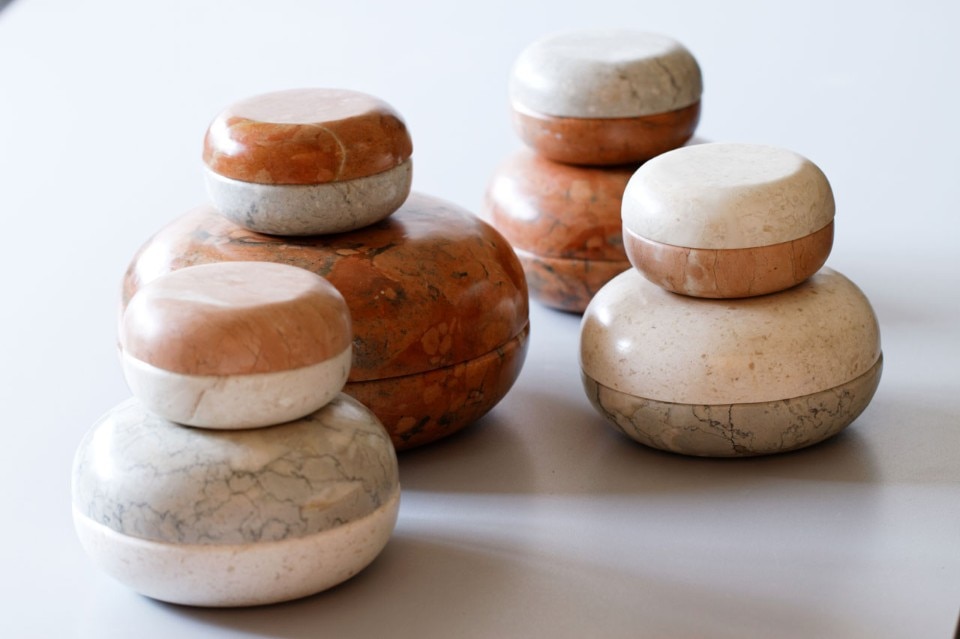
Maria Cristina Didero: In what way does your work make use of the participation of local craftspeople from the Piedmont region?
Annalisa Rosso: The craftspeople from the Piedmont taking part in the project “Piemonte Handmade” are selected by a competition launched by the Piedmont regional government. We associate each craftsperson with a gallery or a designer in order to conceive and make an object that will be presented for the first time during Operae. They will be unique pieces that bring out certain craft skills according to the interpretation of the designer. No longer merely clients of the workshop, they will be active and fundamental interlocutors of contemporary craftwork. The galleries will have the role of spreading the word about this project internationally.
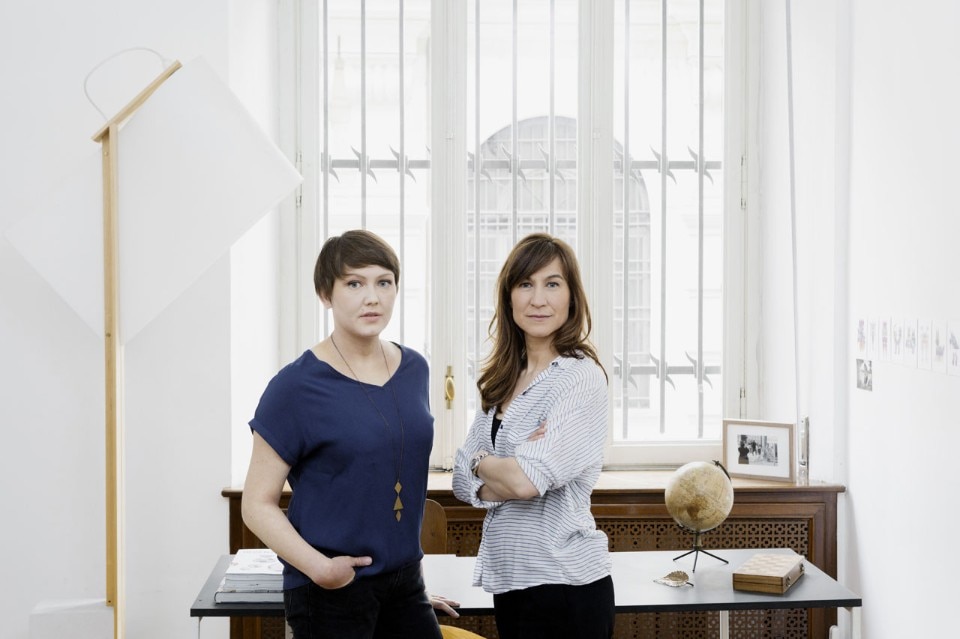
Maria Cristina Didero: If the future is something we must construct ourselves, what suggestions would you give to a young designer?
Annalisa Rosso: Do not limit yourself. Self-censorship is an ever-present trap. It is necessary to continue working to improve yourself and know more, but it is fundamental to have faith in yourself. Hard work must go hand in hand with courage, whether it’s about making a job application or writing an email to an esteemed person.
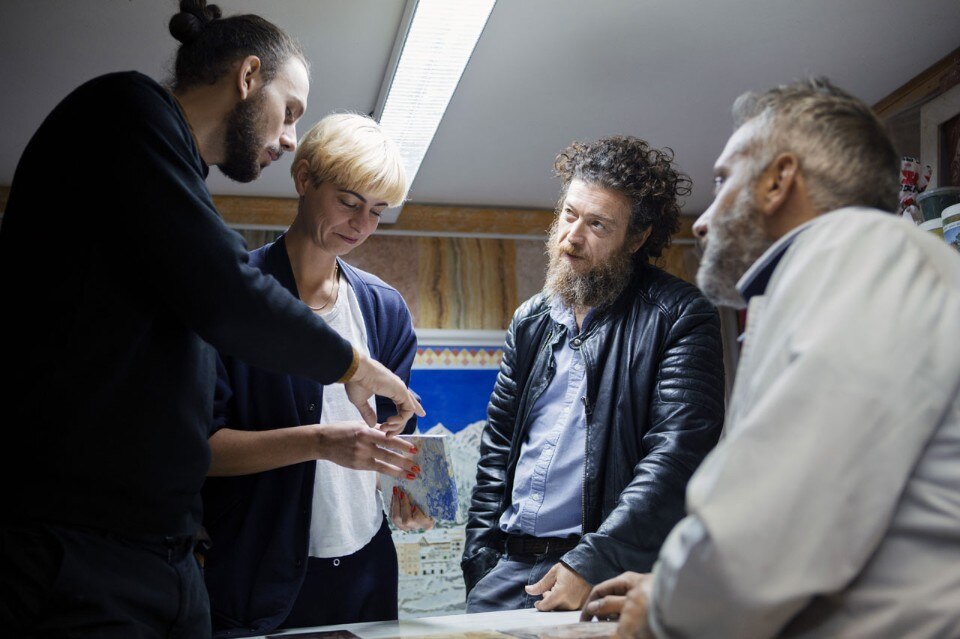
Maria Cristina Didero: In your opinion, what are the fields in which design could intervene in a crucial way?
Annalisa Rosso: I am fascinated by the connection between bioscience and design. Recent and complex research on fungi and other micro-organisms is leading to breakthroughs that are made available to everybody. Design can synthesise scientific knowledge into useful objects. The field in which I think it is vital and urgent for designers to intervene is that of humanitarian emergencies. That opens the topic of economy and politics, a complex system where different disciplines need to cooperate. Concrete and innovative design solutions must play a part here.
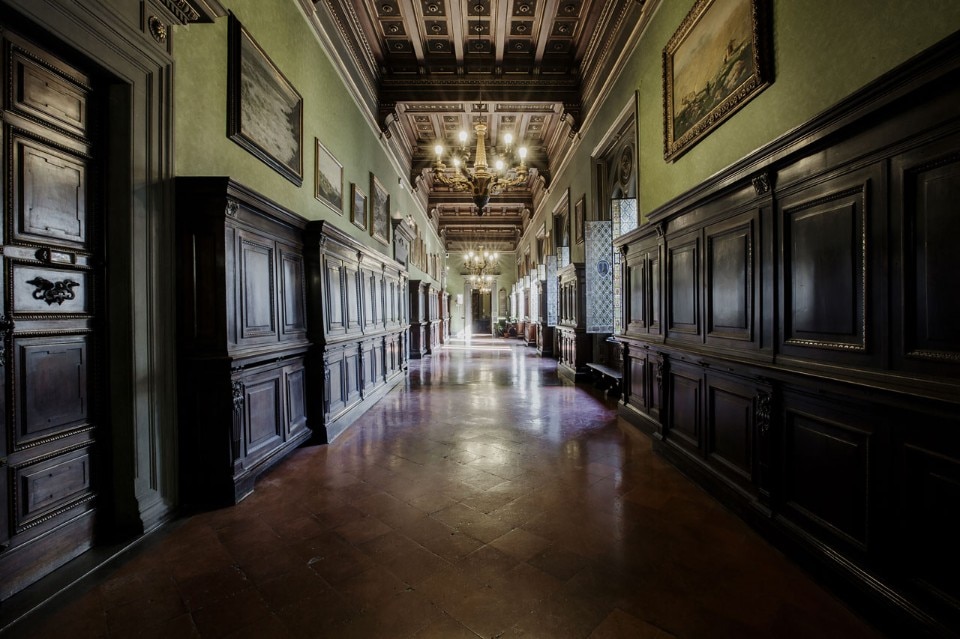
Maria Cristina Didero: The fifth point of your manifesto is about multi-disciplinary work. Why is this a positive thing?
Annalisa Rosso: In order to work in a multi-disciplinary way, you need to be good at collaborating. When different people trained in different fields of knowledge are open to dialogue, each offers his competencies and pursues a common goal. This is not easy, which is why schools have a fundamental role in getting students used to working in cooperation with other disciplines. Being open to and interested in fields diverse from your own does not mean remaining without a specialisation, which is just as necessary as cooperation. I think this is true in other fields as well, but it is particularly applicable to design, where concepts and discoveries are translated into functional objects.
3–6 November 2016
Operae
Palazzo Cisterna, Turin

